Bob Wright, a Trump friend and ex-NBC chair, is one of the proposal’s backers.


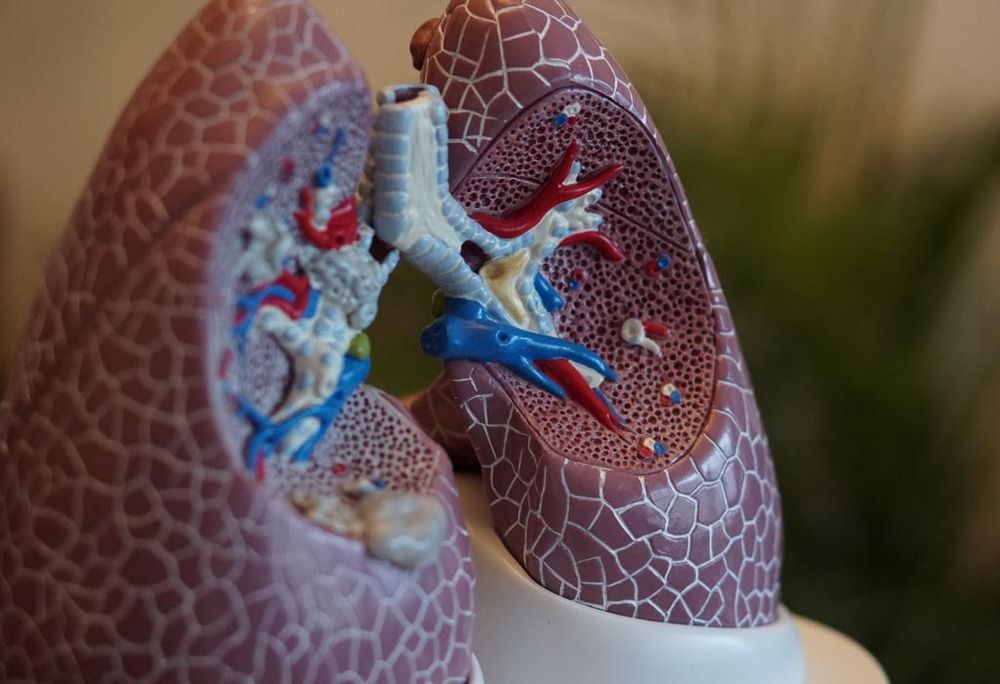
On humans are many, and widespread across Earth. Respiratory and cardiovascular effects of air pollution have long been recognised, and account for the majority of air pollution-related deaths. There is also a strong link between poor air quality and the incidence of lung cancer.
Globally, ambient (outdoor) air pollution causes an estimated 25 per cent of all adult deaths from heart disease, 24 per cent from stroke, 43 per cent from chronic obstructive pulmonary disease and 29 per cent from lung cancer. Household (indoor) air pollution also leads to a wide variety of similar diseases and is one of the top five causes for premature death across the world. Current estimates put the death toll from household and ambient air pollution combined at 7 million deaths a year.

The following is a white paper on the Metagame concept and meme. Metagame means “above” or “beyond” the game. The core idea of the Metagame is that voluntary participation in life itself constitutes a Divine Game with rules, purpose, and feedback. The Game asserts the existence of a Divine Science at the original root of the philosophical and religious tradition and at the root of coordinative social self organization. The Metagame is a shared learning community of people who are involved in research or creative projects that deal with these areas. Such areas are important to the health of the social fabric. Herein, we propose two phases and explore several areas of research that may be relevant to the Game.
Introduction:
“According to our social science, we can be or become wise in all matters of secondary importance, but we have to be resigned to utter ignorance in the most important respect: we cannot have any knowledge regarding the ultimate principles of our choices, i.e., regarding their soundness or unsoundness; our ultimate principles have no other support than our arbitrary and hence blind preferences. We are then in the position of beings who are sane and sober when engaged in trivial business and who gamble like madmen when confronted with serious issues — retail sanity and wholesale madness.” — Leo Strauss, Natural Right and History (1953)
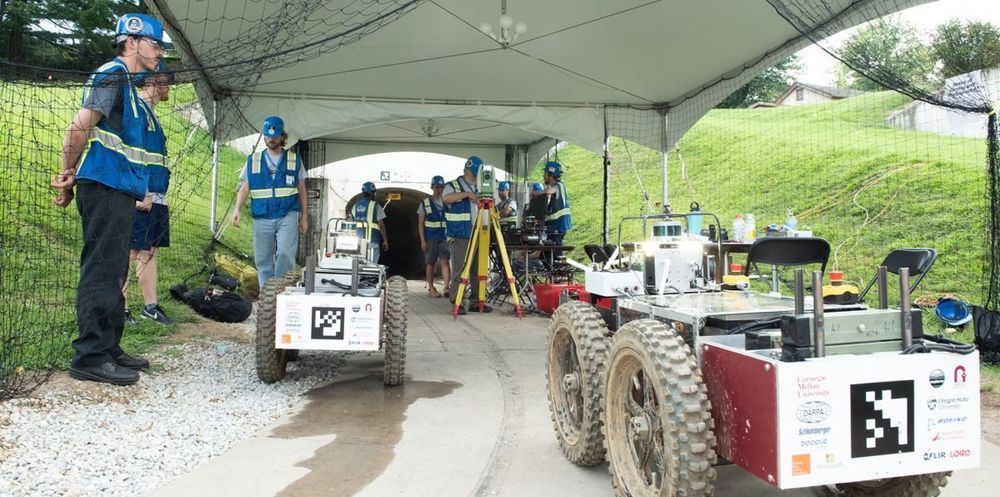
The U.S. Defense Advanced Research Projects Agency (DARPA) kicked off the Subterranean Challenge in December 2017, with the goal of equipping future warfighters and first responders with tools to rapidly map, navigate, and search hazardous underground environments. The final winner of the four-event competition won’t be selected until 2021, but Team Explorer from Carnegie Mellon University and Oregon State University managed to best rivals for the initial prize.
On four occasions during the eight-day Tunnel Circuit event, which concluded today, each team deployed multiple robots into National Institute for Occupational Safety and Health research mines in South Park Township, Pennsylvania, tasked with autonomously navigating mud and water and communicating with each other and a base station for an hour at a time as they searched for objects. Team Explorer’s roughly 30 university faculty, students, and staff members leveraged two ground robots and two drones to find 25 artifacts in its two best runs (14 more than any other team), managing to identify and locate a backpack within 20 centimeters of its actual position.
“Mobility was a big advantage for us,” said team co-leader Sebastian Scherer, associate research professor in Carnegie Mellon’s Robotics Institute, in a statement. “The testing [prior to the event, at Tour-Ed Mine in Tarentum, Pennsylvania] was brutal at the end, but it paid off in the end. We were prepared for this … We had big wheels and lots of power, and autonomy that just wouldn’t quit.”

But to generate the kind of long-term data set necessary for breakthroughs in precision medicine — which uses genomic, physiological and other data to tailor treatments to individuals — All of Us must retain these participants, ideally throughout their lives. That’s where genetic counselling comes in.
A firm hired by the National Institutes of Health will work with participants in a research programme that plans to sequence one million genomes.
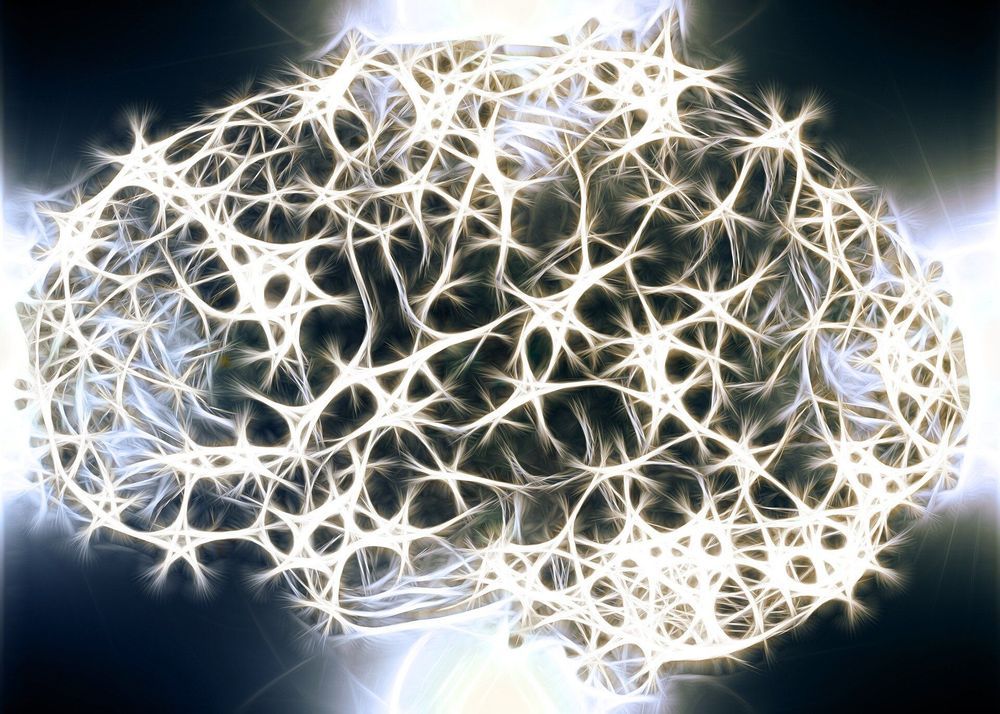
Scientists have identified a specific gene they believe could be a key player in the changes in brain structure seen in several psychiatric conditions, such as schizophrenia and autism.
The team from Cardiff University’s Neuroscience and Mental Health Research Institute has found that the deletion of the gene CYFIP1 leads to thinning of the insulation that covers nerve cells and is vital for the smooth and rapid communications between different parts of the brain.
The new findings, published in the journal Nature Communications and highlighted in the journal Nature Reviews Neuroscience, throws new light on the potential cause of psychiatric conditions and could ultimately point to new and more effective therapies.

After 10 years in remission, Derek Ruff’s cancer returned, this time as stage IV colon cancer. Despite aggressive rounds of chemotherapy, palliative radiotherapy and immunotherapy, his disease progressed. In February 2019, as part of a phase I clinical trial at Moores Cancer Center at UC San Diego Health, Ruff became the first patient in the world to be treated for cancer with a human-induced pluripotent stem cell (iPSC)-derived cell therapy called FT500.
Moores Cancer Center at UC San Diego Health treats the first patient treated for cancer with a human-induced pluripotent stem cell (iPSC)-derived cell therapy called FT500. Dan Kaufman collaborated with Fate Therapeutics to bring the iPSC-derived natural killer cell cancer immunotherapy to patients.
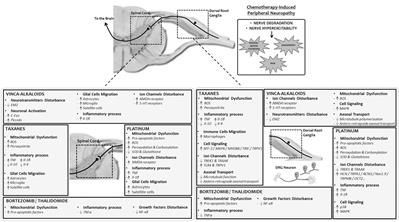
Neurotoxic anticancer drugs, such as platinum-based anticancer drugs, taxanes, vinca alkaloids, and proteasome/angiogenesis inhibitors are responsible for chemotherapy-induced peripheral neuropathy (CIPN). The health consequences of CIPN remain worrying as it is associated with several comorbidities and affects a specific population of patients already impacted by cancer, a strong driver for declines in older adults. The purpose of this review is to present a comprehensive overview of the long-term effects of CIPN in cancer patients and survivors. Pathophysiological mechanisms and risk factors are also presented. Neurotoxic mechanisms leading to CIPNs are not yet fully understood but involve neuronopathy and/or axonopathy, mainly associated with DNA damage, oxidative stress, mitochondria toxicity, and ion channel remodeling in the neurons of the peripheral nervous system. Classical symptoms of CIPNs are peripheral neuropathy with a “stocking and glove” distribution characterized by sensory loss, paresthesia, dysesthesia and numbness, sometimes associated with neuropathic pain in the most serious cases. Several risk factors can promote CIPN as a function of the anticancer drug considered, such as cumulative dose, treatment duration, history of neuropathy, combination of therapies and genetic polymorphisms. CIPNs are frequent in cancer patients with an overall incidence of approximately 38% (possibly up to 90% of patients treated with oxaliplatin). Finally, the long-term reversibility of these CIPNs remain questionable, notably in the case of platinum-based anticancer drugs and taxanes, for which CIPN may last several years after the end of anticancer chemotherapies. These long-term effects are associated with comorbidities such as depression, insomnia, falls and decreases of health-related quality of life in cancer patients and survivors. However, it is noteworthy that these long-term effects remain poorly studied, and only limited data are available such as in the case of bortezomib and thalidomide-induced peripheral neuropathy.
Platinum-based anticancer drugs (i.e., cisplatin, oxaliplatin), proteasome/angiogenesis inhibitors (bortezomib/thalidomide), vinca alkaloids (i.e., vincristine, vinorelbine) and taxanes (i.e., paclitaxel, docetaxel) are the most common anticancer drugs used as first-line chemotherapy for several cancers, including colorectal, gastric, breast and lung cancers, and multiple myeloma. Despite their different action mechanisms, all these anticancer drugs share a common adverse and disabling effect for patients, namely CIPN (Balayssac et al., 2011). CIPN has a considerable impact on cancer treatments and their related symptoms severely affect patients’ daily activities and quality of life. Thus CIPN is often the main adverse effect leading to the reduction or discontinuation of chemotherapy.
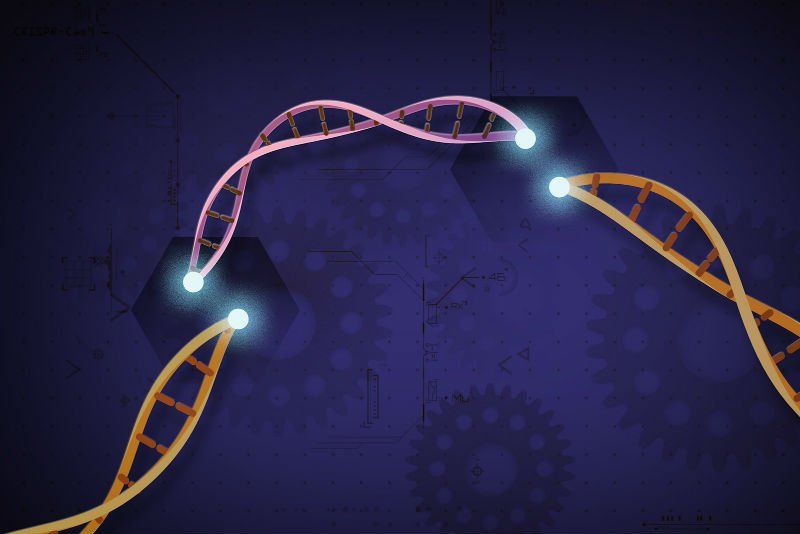
The evolving gene-editing technology CRISPR-Cas9 is useful for changing one gene, or maybe a few genes at a time. A team at ETH Zurich has tweaked the technology so they can change 25 different gene sites at once. Instead of using the Cas9 enzyme to do the DNA cutting, though, they used Cas12a. That allowed them to create a long “address list” of gene sites to target, they explained in the journal Nature Methods. They created a DNA molecule called a plasmid to store the list, inserted it in human cells and were able to modify several genes, they reported. (Release)
Chemotherapy and radiation suppress blood stem cells, often for several weeks or even months after cancer treatments are complete. This leaves patients vulnerable to infections and other health problems. Scientists at the University of California, Los Angeles have created a new drug that targets the protein tyrosine phosphatase-sigma (PTP-sigma), which is prevalent on blood stem cells. They showed that blocking the protein in rodent models with the drug, called DJ009, helped blood cells recover more quickly after they were damaged by radiation. They published their findings in the journal Nature Communications. (Release)